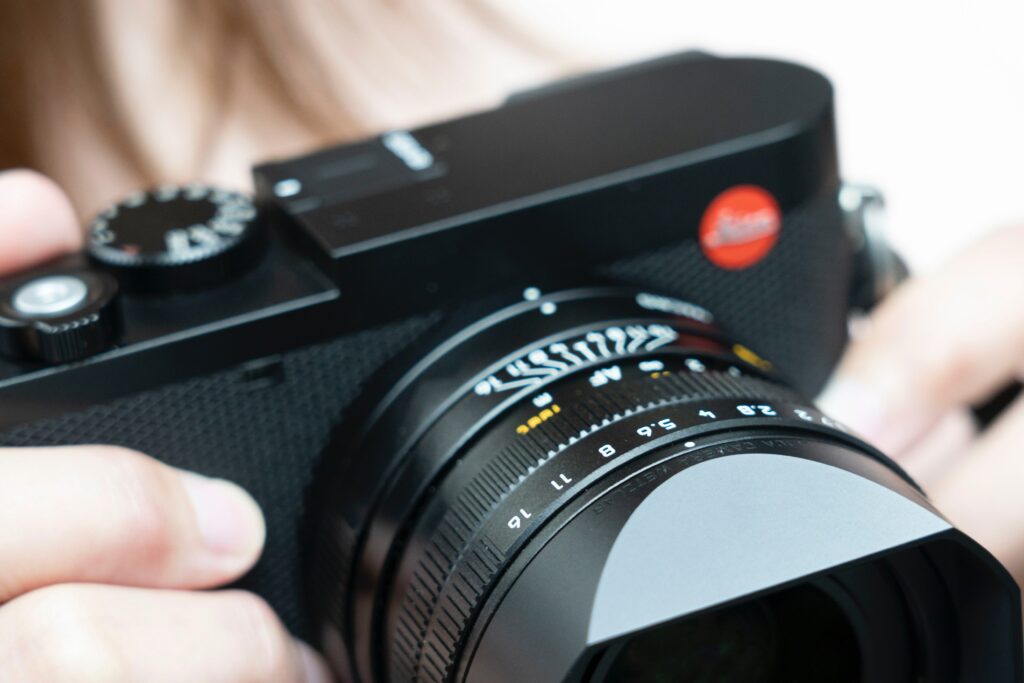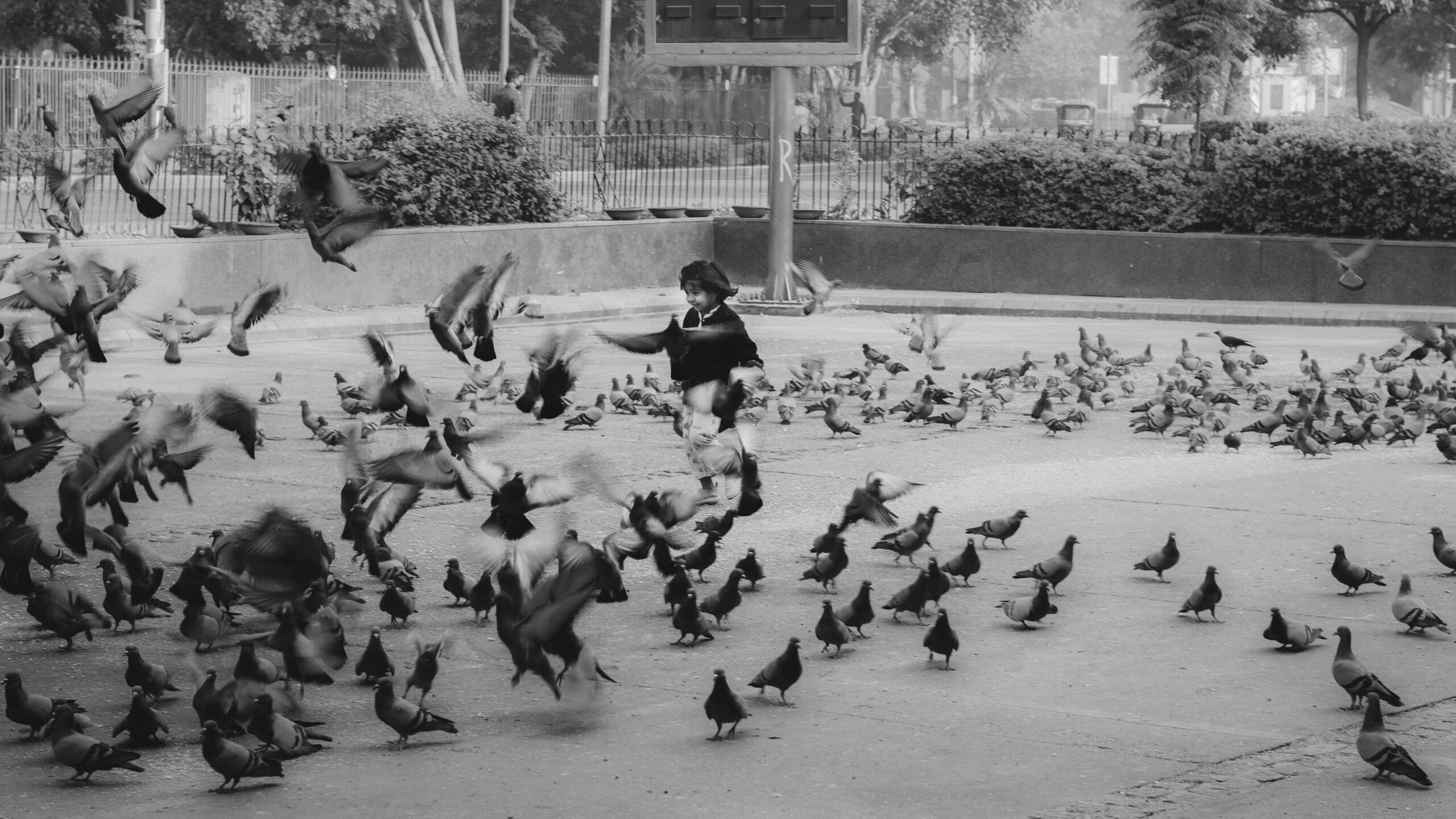Are you curious about the world of photography and the various techniques involved? If so, you may have come across the term “gravure photography” and wondered what it entails. Well, you’re in the right place! Gravure photography is a unique and captivating style that has been around for decades, and it continues to intrigue and inspire photographers and enthusiasts alike.
Gravure photography, also known as rotogravure, is a printing technique that produces high-quality images with exceptional depth and detail. It involves etching an image onto a copper cylinder, which is then used to transfer the ink onto paper. This process results in stunning photographs with a distinct texture and richness that cannot be replicated with other printing methods.
What Is Gravure Photography?
In this blog, we will delve into the fascinating world of gravure photography, exploring its history, process, techniques and the impact it has had on the field of photography. Whether you are an aspiring photographer or simply interested in learning more about this art form, this article will provide you with a comprehensive understanding of gravure photography and its significance in the world of visual arts.
Gravure Photography Techniques
Gravure photography techniques use a distinct printing process that distinguishes it from other printing processes. The development and use of engraved plates are at the centre of this procedure.
Understanding the Gravure Printing Process: Gravure begins with the meticulous engraving of a copper or steel cylinder with minute cells reflecting distinct tonal values. During the printing process, these cells contain the ink.
The Difference Between Gravure Photography and Other Printing Techniques: Gravure printing, as opposed to traditional processes such as lithography or offset printing, employs continuous tone pictures and produces prints with a particular softness and richness in detail.
Plate Making and Printing: These are the two most important aspects of gravure photography. The plate-making process, in which the picture is engraved onto the cylinder, and the printing phase, in which the cylinder is covered with ink and pushed onto the paper, properly transferring the image, results in the distinctive gravure prints, which are key components of gravure photography.

Advantages and Applications of Gravure Photography
- Precise Details and High-Quality Reproduction: Gravure photography provides superb image reproduction with smooth gradients and precise details. Because of the etched plates, precise ink control is possible, resulting in prints with great resolution and tonal accuracy.
- Application in Art Reproduction and Fine Art Prints: Gravure is a popular art reproduction process due to its ability to capture the spirit of original artworks with exceptional authenticity. Gravure has been used by several well-known artists to make limited-edition fine art prints.
- Business Printing, Packaging, and Magazines: Gravure photography is widely used in the business sector. It is frequently used in the production of packaging materials such as flexible films and foils, ensuring high-quality designs and brilliant colours. Furthermore, gravure is used in magazine printing, delivering fascinating and visually appealing images.
The advantages of gravure photography and its diverse applications make it a versatile and sought-after method for creating exquisite prints in both artistic and commercial settings. Its ability to reproduce intricate details and achieve outstanding image quality makes it an enduring choice in the world of printing and visual communication.
Gravure Photography Equipment and Tools
Gravure Printing Machines and Presses: Gravure photography is dependent on specialized printing machines created for this unique method. These presses have cylinders that contain engraved pictures and ink reservoirs that provide the required ink. For accurate ink application and registration, modern gravure presses frequently integrate significant automation and electronic controls.
Gravure Cylinder Preparation-Etching and Engraving Techniques: The engraved cylinder is a necessary instrument for gravure photography. Various etching and engraving methods are used to make it. Acid etching is a traditional procedure in which the cylinder is covered with a photosensitive substance and subjected to form cells of different depths. Modern techniques, such as laser engraving, provide more precision and efficiency.
Color Separation and Ink Control’s Role in the Gravure Process: By employing distinct cylinders for each colour, gravure printing allows for full-colour reproduction. Colour separation is an important stage in preparing artwork for printing in which the image is divided into its fundamental colours (CMYK). The press’s ink management mechanism enables perfect ink transport to the cylinder cells, allowing for exact colour reproduction during the printing process.
In summary, gravure photography requires specialized equipment like gravure presses and engraved cylinders, along with precise colour separation and ink control techniques to achieve high-quality and visually stunning prints.
The Role of Gravure Photography In The Modern World
Gravure’s Digital Transformation: Gravure photography has adopted digital technology, allowing for better production flexibility and efficiency. Colour separation, plate-making, and printing have all been revolutionized by digital processes, allowing for shorter turnaround times and lower prices. Furthermore, technological improvements have made it simpler to combine gravure prints with numerous multimedia platforms, increasing their reach and importance in the digital era.
Gravure Photography and Contemporary Art Movements: Despite the popularity of digital art, gravure photography continues to hold sway in contemporary art movements. Many artists value its distinct visual traits, tactile texture, and capacity to communicate emotional depth. Gravure continues to influence and inspire current artists who want to experiment with conventional printing processes.
Environmental Considerations: Sustainability in Gravure Printing: As environmental awareness grows, gravure printing has addressed concerns related to resource consumption and waste reduction. The industry has adopted eco-friendly practices by using more sustainable materials, optimizing ink usage, and implementing recycling initiatives. These efforts contribute to minimizing the environmental impact of gravure photography in the modern world.
Renowned Gravure Photographers and Their Work
Several pioneering artists have made significant contributions to gravure photography. As early innovators of the method, names like Alfred Stieglitz, whose gravure portraits transmitted an expressive and personal character, and Edward Steichen, recognized for his extraordinary gravure prints capturing the spirit of nature and landscapes, stand out.
Throughout history, gravure photography has produced numerous iconic prints. Ansel Adams, famous for his black-and-white landscapes, embraced gravure to evoke a sense of depth and tonal richness. Paul Strand’s striking urban scenes and Edward Curtis’s poignant portraits of Native Americans also exemplify the power of gravure in storytelling and emotive expression.
The unique feel of gravure photography, as well as its capacity to express emotional depth, have affected the growth of photography as an art form. Gravure’s softness, richness, and tonal range have prompted photographers to investigate and experiment with diverse printing procedures, contributing to photography’s versatility as a creative medium.
Conclusion
Gravure photography is a distinct printing process distinguished by its high-quality reproduction, precise details, and characteristic softness. Its origins may be traced back to the advent of photography, and it has developed to adapt to the digital world while keeping its artistic appeal. Gravure has been used in fine art, commercial printing, and packaging, giving it a flexible and long-lasting form of visual expression.
The future of gravure photography is bright as technology progresses. Innovations in digital gravure processes, greater environmental sustainability, and developments in ink and substrate options are projected to boost gravure printing’s efficiency and environmental effect. Furthermore, the combination of gravure with expanding multimedia platforms may open up new avenues for artistic expression.
Gravure photography’s rich history and unique aesthetic make it an art form worth exploring and preserving. Encouraging artists, photographers, and designers to embrace gravure as a creative medium can lead to a renaissance of this age-old technique. In the modern printing industry, recognizing the value of gravure for its unparalleled quality and tactile appeal can ensure its continued relevance and impact.
To summarize, gravure photography is a useful and compelling type of visual art and printing process that combines tradition with innovation to generate expressive and timeless artwork.



